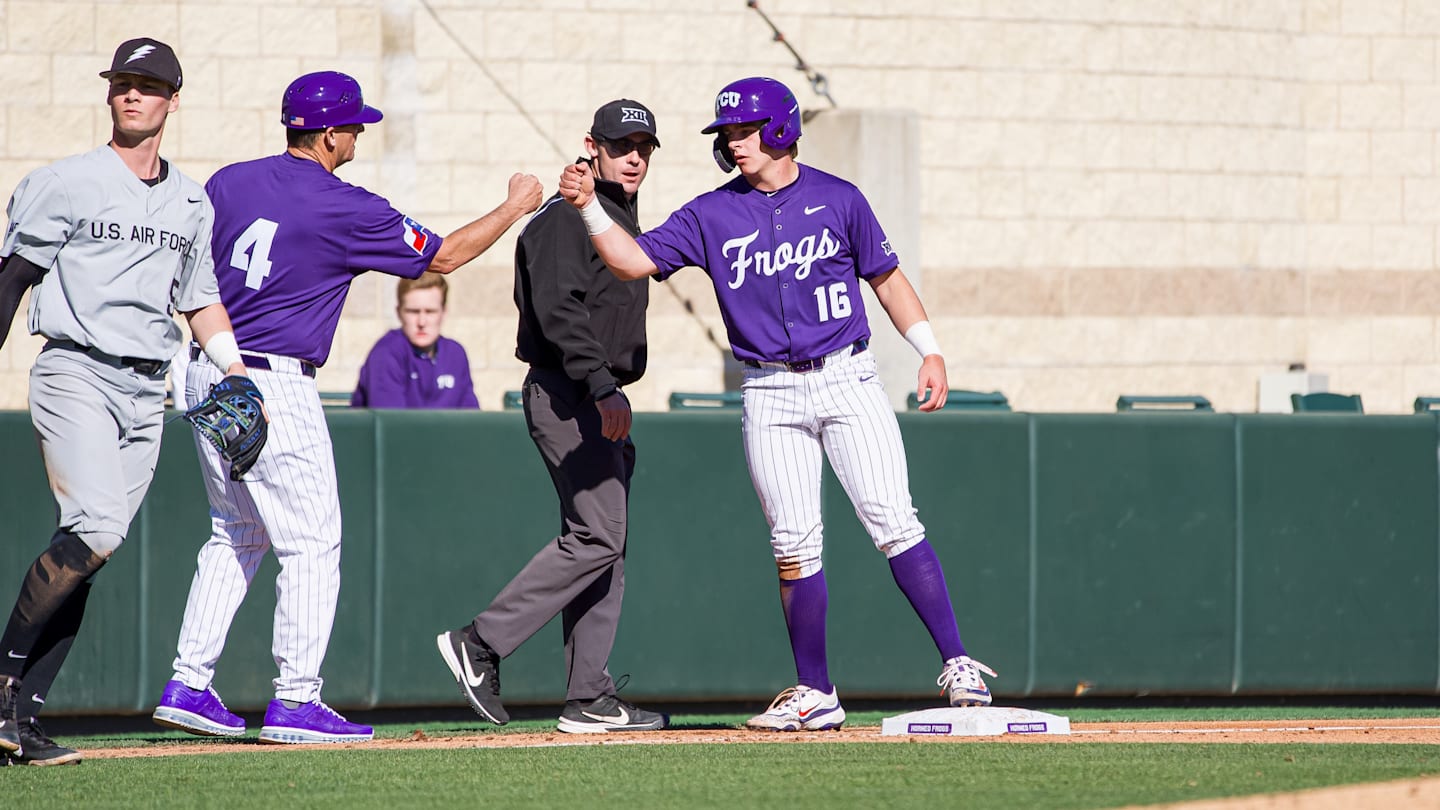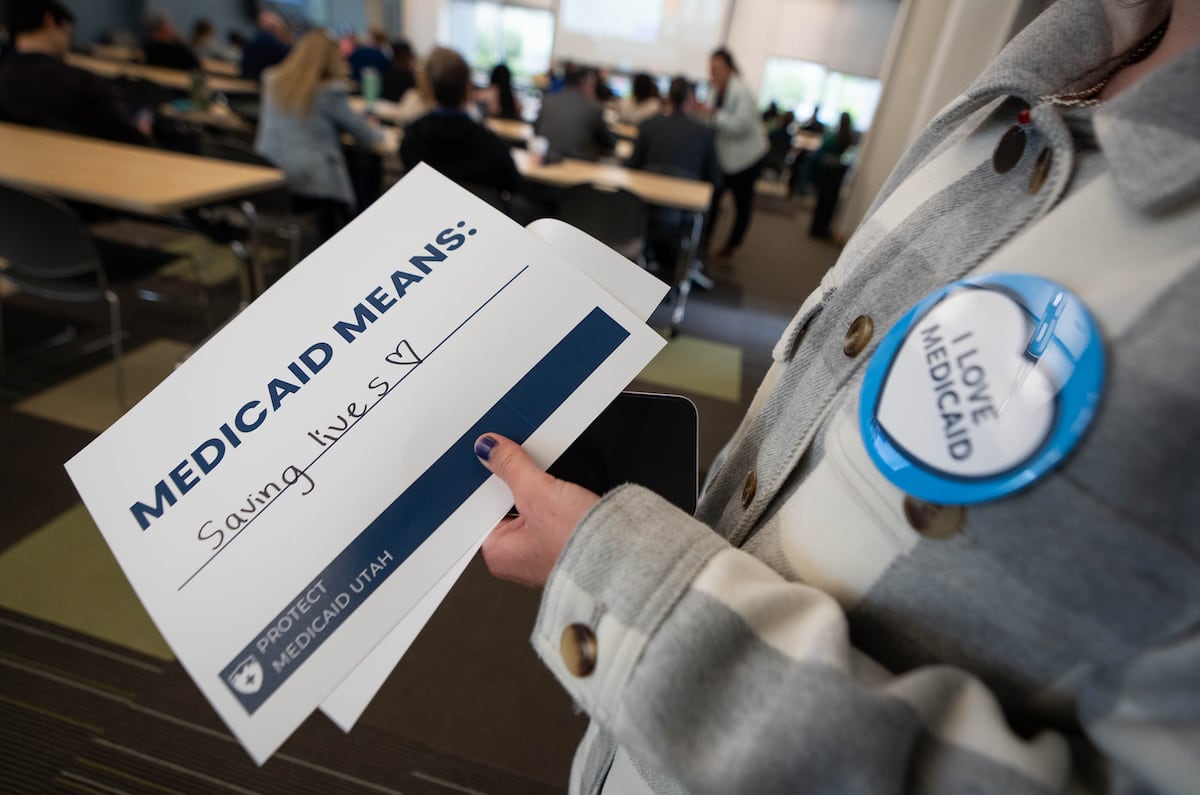Life lessons learned in the mission field and on the pitcher’s mound still serving retired Latter-day Saint ballplayer.
When the Deseret News recently caught up with two-time World Series starter/former mission president Jeremy Guthrie, his former club, the Kansas City Royals, had just signed 45-year-old journeyman pitcher Rich Hill to a minor league contract.
Guthrie and Hill are about the same age.
Advertisement
So, fair question, is the 15-year pro baseball veteran poised for his own Rich Hill-like return to the mound?
“Nope, I’m not — as much as I wish I still had enough life in my arm to be signed,” he deadpanned.
Guthrie may be “unsigned” and on the front end of middle age, but he’s kept trim enough to easily blend in with the youngsters in any baseball dugout.
And he may never outgrow the electric charge he still feels whenever he steps atop the pitcher’s mound and sizes up guys standing in the batter’s box, 60 feet and 6 inches away.

Former pro baseball player Jeremy Guthrie and his wife, Jenny Guthrie, served as mission leaders of the Texas Houston South Mission for The Church of Jesus Christ of Latter-day Saints from 2018-2021. | Jeremy Guthrie
“I still pitch to kids — whether it’s in high school or Little League, or to my son — and I still try to get them out,” he said.
Advertisement
“That’s what I enjoy doing. I enjoy throwing a baseball — and making a person swing at it and miss.”
And plenty of very well-paid people have stood in the batter’s box and swung-and-missed at Guthrie’s pitches. He fanned over 1,000 hitters over the course of a long major league career, highlighted by two starts for the Royals in the 2014 World Series.
‘JGuts’ and President Guthrie: Baseball and missionary memories
Baseball fans in Kansas City and in the other towns where Jeremy Guthrie plied his pitching trade still know him, affectionately, as “JGuts.”
But for hundreds of young men and young women who served in the Texas Houston South Mission for The Church of Jesus Christ of Latter-day Saints from 2018 to 2021, he will forever be “President Guthrie.”

Jeremy Guthrie, president of the Texas Houston South Mission of The Church of Jesus Christ of Latter-day Saints, joins full-time missionaries in 2019 to share Spanish-language versions of the Book of Mormon. Guthrie was a mission president from 2018-2021. | Jeremy Guthrie
There are not many obvious comparisons between facing elite hitters such as Alex Rodriguez or Ichiro Suzuki and serving as the spiritual leader to scores of young missionaries. But Guthrie misses both unforgettable phases of his life.
Advertisement
In baseball: “I just miss playing the game.”
“Baseball’s what I enjoyed doing as a kid. I ended up playing professionally because I liked playing baseball. So anytime a new season begins, or I see the players on the field, what I miss the most is actually just playing.”
And what does the former mission president miss about full-time mission life?
“That’s easy to answer,” said Guthrie, without pausing. “I just miss that carefree ability to really focus on one thing, and one thing only, and that is: What can I do today to bless and help another person?”
“And how can I demonstrate the love of Christ in my actions and in my words to help that person see Jesus in a new way?”
Serving the elders and sisters of the Texas Houston South Mission
Latter-day Saints called to preside over missions for their church are typically in their 50s or 60s. Some are in their 40s.
Advertisement
Guthrie was still in his 30s when he and his wife, Jenny, were called to be mission leaders in Houston in 2018.
He was just a year removed from making his final start in a Major League Baseball game while competing for the Washington Nationals.

Elder Gary E. Stevenson of the Quorum of the Twelve Apostles of The Church of Jesus Christ of Latter-day Saints, left, and former MLB player Jeremy Guthrie enjoy “JustServe Night” at a Kansas City Royals baseball game on Aug. 6, 2024. Elder Stevenson threw the ceremonial first pitch to Guthrie, a former Royals star. | The Church of Jesus Christ of Latter-day Saints
Being called to preside over a mission of men and women who were likely about the same age as some of his rookie teammates from just a year earlier “was very surprising and humbling,” he said.
Yes, there were advantages to being a 30-something mission president. The Guthries had plenty of physical energy and “emotional zest” for connecting with the missionaries “and striving to help invite them to come unto Christ.”
Advertisement
But on the flip side, the young Guthries felt the emotional weight of the calling.
“Our oldest daughter, at the time, was just 14 years old,” recalled Guthrie. “So we had never parented or raised a teenager ourselves — and now we were arriving in Houston with 165 (similarly-aged) young men and women who were waiting for our leadership and our love to help them on their own personal journeys.”
But despite feelings of inadequacies, the Guthries moved forward and got to work. “We learned to rely upon the Lord and his grace to strengthen us — and to help us do things that really we weren’t qualified or capable of doing on our own.”
Guthrie’s mission in Houston marked his second full-time mission. As a young man, he put his baseball career on hold to serve a mission in Spain — learning a language he later utilized throughout his sports career and his subsequent ecclesiastical duties.
Advertisement
The principles he learned on the mission — as both a young elder and a mission president — anchor Guthrie’s day-to-day life as a husband, a father and now as a businessman.
“I have a better understanding of the principle of agency — choosing for ourselves and learning through our experiences,” he said.
“That’s a principle and a doctrine that I’m still trying to grasp. … Trying to better understand the love that our Heavenly Father has for us and the great plan that he had for us to allow us to come to earth to learn and choose for ourselves.”
Spanish and ‘el idioma’ of baseball
Today’s Major League Baseball rosters are filled with players from Latin American countries.
Advertisement
So it’s no surprise that the foreign language “Elder Guthrie” acquired on his mission to Spain allowed him to bond with countless teammates by speaking in their native tongue.
“I could engage with teammates in our (Spanish) conversations … which naturally lent itself to deeper relationships and a better understanding and support for my teammates,” remembered Guthrie.
“I felt like I could understand those from a different culture a little bit better because I understood more of what was going on in their lives and where they had come from.”
And, yes, it was always an unexpected, sometimes comical surprise when Latin American players discovered that their Japanese American teammate from Oregon could “habla el idioma.”
A lifelong sneakerhead
Folks acquainted with Jeremy Guthrie know of his devotion to his faith and family. They know all about his World Series starts, his 2015 World Series ring and his long MLB pitching career with multiple squads.
Advertisement
They also likely know that Guthrie’s a hard-core sneakerhead.
He may be a father, a retired pro athlete and a beloved mission leader — but he’s also got a passion for all things “kicks.”
He remembers being a kid and lacing-up his first pair of “Sky Jordan 1s” — the youth version of the Air Jordan 1. “What started my love and affinity for Nike — as well as for Michael Jordan — was wearing that shoe.”
Guthrie’s sneaker fever only grew during his athletic career. It continues to this day.
“It’s natural to recognize that the right shoe, in the right moment, can actually enhance your attitude and your energy for what you’re doing — and that leads to better performances,” he said. “There’s a lot of truth to it. It’s not just rhetoric.”
Advertisement
At various times during his baseball career, Guthrie designed his own cleats.
Now he’s several years removed from pro baseball, but his connection to sneakers — and specifically cleats — continues today.
In 2015, Guthrie was an investor in Custom Cleats, a company that converts sneakers into cleats — allowing baseball, football, soccer and softball players and other athletes at all levels to better express themselves and, well, have more fun competing.
After returning from his mission in Houston, he assumed co-ownership of Custom Cleats.
“We are fortunate enough to work with thousands of athletes from all over the world — including a number of Major League players that use our service for their own careers,” said Guthrie.
Advertisement
“That’s one way that I stay close to baseball is by working for baseball players and softball players — and really athletes of all sports that need cleats.”
Big league baseball in Utah: ‘A no-brainer’
A multisport athlete at Oregon’s Ashland High School, Guthrie played at Brigham Young University before finishing his college baseball career at Stanford.
He’s maintained close ties to Utah.
His son, Hudson, is an athlete at Pleasant Grove High School. And Guthrie’s a staunch supporter of bringing a Major League Baseball franchise to the Beehive State.
“Utah is a state that loves their sports — loves to participate in sports and loves to support sports,” he said.
Advertisement
“The Jazz are a perfect example of that, as well as the soccer team, and now hockey. This is just a community that loves to be out, as families and individuals, watching sporting events and having that be a part of their community.”
A big league baseball team in Utah, he insists, “is a no-brainer.”
Guthrie added that well-established, Utah-loving community leaders such as the Miller family are essential to MLB’s future in the state.
The Millers, he said, “are an altruistic family that has done so much good for the Salt Lake City community, and beyond.”
Additionally, said Guthrie, the Millers have already proven their bona fides as a sports franchise ownership group.
Advertisement
“They had one of the best teams in the NBA for an extended period of time in a smaller market,” he said, referencing the Miller Jazz years.
“They were always competitive. They always put a great team on the court. They’ve shown the ability to run a franchise well and compete — even if the amount of money didn’t mirror that of some of the other larger franchises that are known for heavy spending.”
Source: Utah News











